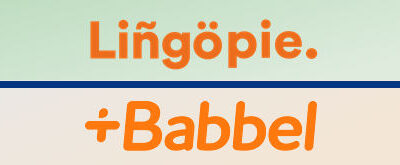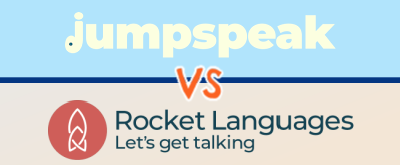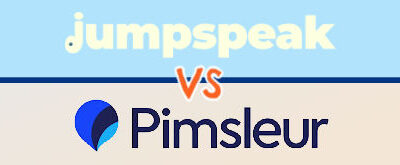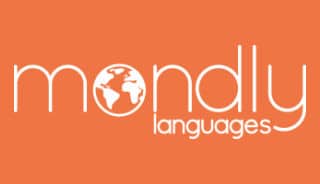
Sale: 50% OFF
Applied In Cart
|
$4-$10/mo |
Fun language learning app that combines interactive lessons, speech recognition, and gamified activities to help users learn practical vocabulary and conversational skills through a visually engaging and user-friendly experience. |
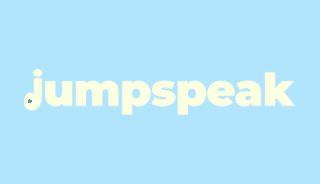
Learn Today
Free Trial
|
$8-$13/mo |
An innovative language learning app that uses AI to guide users through interactive speaking scenarios, providing instant feedback on pronunciation and sentence structure. |
Choosing the right language learning app can be challenging, especially with innovative platforms like Mondly and Jumpspeak offering unique approaches. This comparison breaks down how each app’s features, teaching methods, and overall effectiveness stack up to help learners find the best fit for their goals.
Editor’s Choice
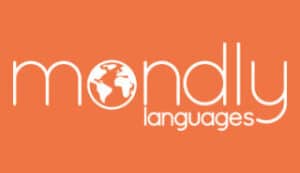
Mondly
- 40+ Languages
- AR & VR Apps
Pros
- More affordable than Jumpspeak (as low as $4/mo)
- Quick, engaging lesson format (lessons take just 5-10 minutes)
- Modern, easy-to-use digital platform
- Bonus AR and VR apps that are super fun and helpful
- Lesson recaps boost retention and engagement
Cons
- Somewhat light when it comes to conversational practice
- Grammar instruction is somewhat limited
Video Review: Jumpspeak vs Mondly
In the video below, Bianca from the Guide2Fluency team compares the language learning apps from Jumpspeak and Mondly.
Reasons To Choose Mondly
To kick this comparison off, let’s talk about the main reasons you will want to choose Mondly over Jumpspeak to help you learn a new language such as Spanish, Italian, or French.
Mondly Is More Affordable
Jumpspeak provides subscription options at $69 for three months, $99 for an annual plan, or a one-time fee of $249 for lifetime access.
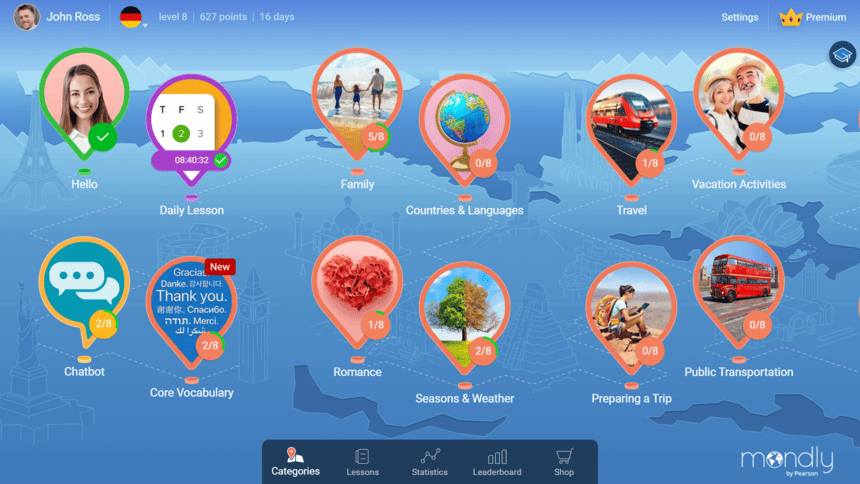
Mondly, on the other hand, offers three pricing packages to fit different needs. The pay-as-you-go monthly plan costs $10 per month, while the 12-month subscription is priced at $48 per year, breaking down to just $4 per month. For those seeking long-term access, the lifetime package is available for under $100 after discounts.
When it comes to pricing, Mondly stands out as the more budget-friendly option.
Diverse Mix Of Practice Drills
Another standout feature of Mondly is its variety of interactive drills that keep learning fresh and engaging. While Jumpspeak also offers a decent range of exercises, Mondly’s mix feels more dynamic and less repetitive.
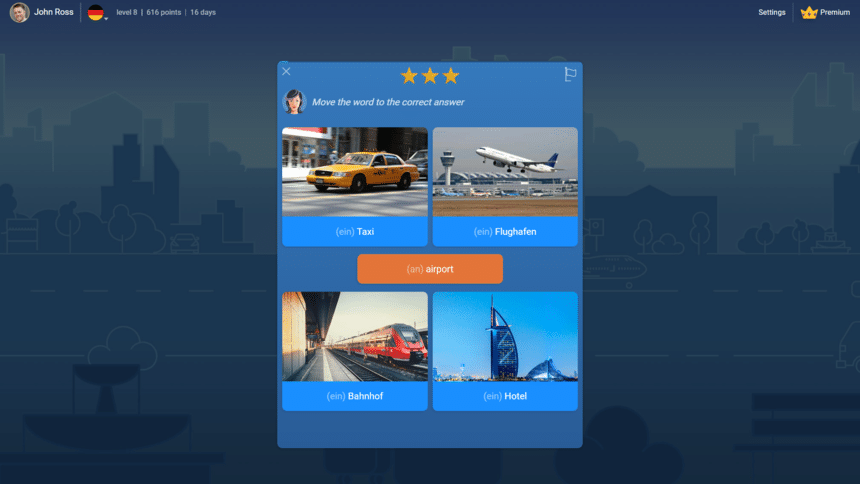
You’ll find flashcards, fill-in-the-blank prompts, speaking exercises, translation challenges, matching games, text-based conversations, spelling drills, and more. This well-rounded combination makes the lessons feel more immersive and helps hold your attention throughout the program.
Lesson Recaps
One of the best parts of the Mondly program is the quick recap they give at the end of every lesson.
After you finish a lesson, Mondly takes you through a speedy review session where they flash the key words and phrases you just learned. It usually covers around 10 to 15 terms and only takes about 30 seconds. It’s a simple but effective way to reinforce what you just practiced.
Honestly, I think Jumpspeak could benefit from adding a feature like this to their lessons.
Useful Vocabulary
Another great thing about Mondly is its emphasis on teaching practical, everyday vocabulary—similar to what Babbel does. The phrases you pick up, like “I need to buy fruit” or “Can I use the restroom?” are super useful for real-life conversations—something that isn’t always true with apps like Duolingo.
What really sets Mondly apart, though, are its job-specific courses for industries like marketing, customer service, finance, negotiations, and healthcare. This makes it especially handy for professionals looking to learn work-related language skills. When it comes to real-world application, our team thinks Mondly has the edge.
Fun Learning Experience
A big highlight of Mondly is how it uses gamification to make language learning more fun and engaging. The main dashboard feels like an interactive map, making it enjoyable to explore lessons and track your progress.
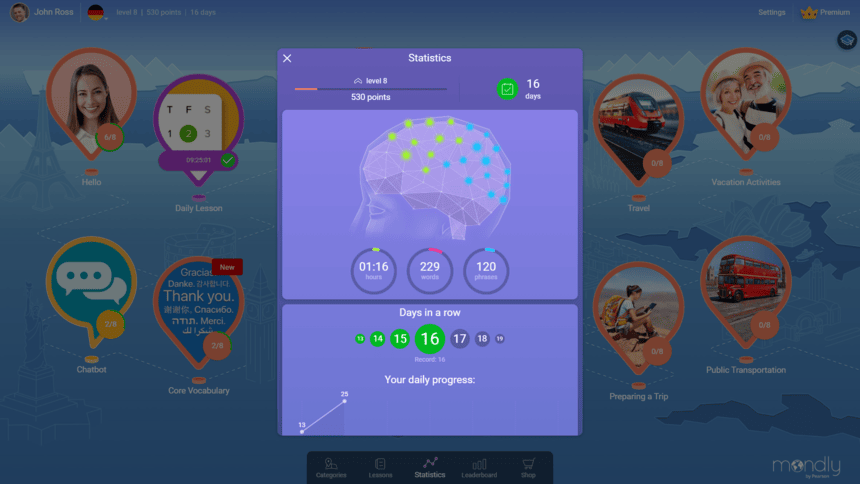
One cool feature is Mondly’s brain tool, which helps you review what you’ve learned in a visual way. As you complete lessons, you rack up points and can see how you rank on the leaderboard alongside other users. You can even track your daily streaks and challenge friends, adding a little friendly competition to keep you motivated.
These game-like elements make the whole learning process feel less like studying and more like a fun challenge.
AR & VR Apps
Mondly sets itself apart in the language learning world with its cutting-edge use of virtual reality (VR) and augmented reality (AR) technology to complement its regular lessons. While both Mondly and Jumpspeak offer interactive dashboards and colorful visuals, Mondly kicks things up a notch with immersive tech that makes learning feel more lifelike.
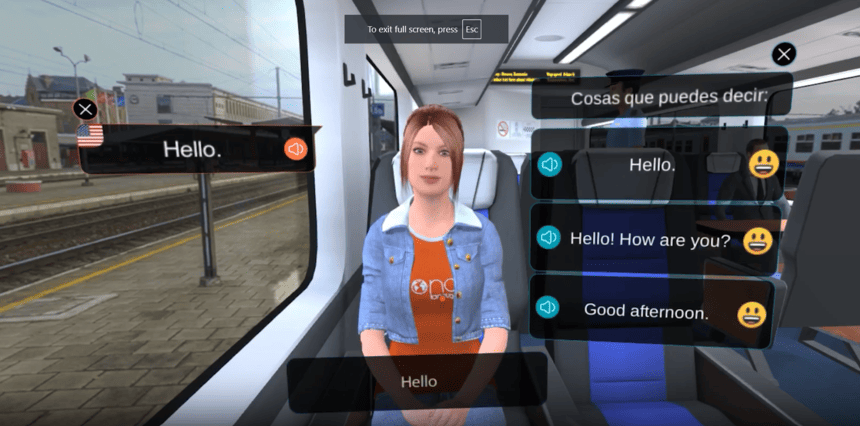
With Mondly’s VR app, users can practice speaking in realistic settings like cafés or bus stops, interacting with virtual locals. The VR app does require an Oculus headset and costs around $5, but it’s a unique way to sharpen conversational skills. If VR isn’t an option, Mondly’s AR app is free with a premium subscription and offers a similar interactive experience. The app scans your surroundings and projects a CGI language tutor along with animated objects—like bananas or eggs—based on what you’re learning. This hands-on approach gets users moving and makes vocabulary practice more engaging.
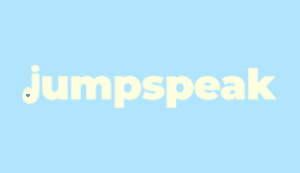
Jumpspeak
- 20 Languages
- Money Back Guarantee
Pros
- Quick lessons (only a few minutes per section)
- Video primers prior to each lesson are helpful
- AI tutor tool offers custom, personalized feedback
- Ability to adjust audio speeds aids in understanding
Cons
- App contains glitches in our experience
- Speech recognition technology is somewhat lacking
Reasons To Choose Jumpspeak
Now that we’ve talked about Mondly in detail, let’s turn the tables and discuss the reasons to use Jumpspeak to help you learn a foreign language.
Videos Prior To Each Lesson
One thing that really makes Jumpspeak stand out is its use of video content—a feature our team loved (kind of like what Busuu offers). Most lessons start with a quick explainer video featuring a native speaker who breaks down the topic, highlights key concepts, and gives real-life examples. This adds a personal touch that makes the lessons more engaging.

Compared to Mondly, Jumpspeak’s approach feels like a breath of fresh air. Watching fluent speakers in action—picking up on their facial expressions, gestures, and body language—helps you absorb the language more naturally. It’s an immersive element that makes learning feel more authentic and memorable.
AI Tutor Tool
Let’s dive into what really makes Jumpspeak shine—their AI tutor. Hands down, this is the app’s most impressive feature, and honestly, it’s a genius idea. Imagine having your own language coach on standby, ready to chat whenever you are.
Here’s how it works: you pick a topic, and the AI kicks off a back-and-forth conversation, guiding you through everyday scenarios like ordering coffee or chatting with your aunt. Want something more custom? You can create your own practice situations—whether it’s planning a trip or learning how to make sushi. The AI adjusts to your needs, acting as a teacher, guide, or casual conversation partner. What really sets it apart is the instant feedback on your pronunciation, grammar, and sentence structure, helping you improve in real time.
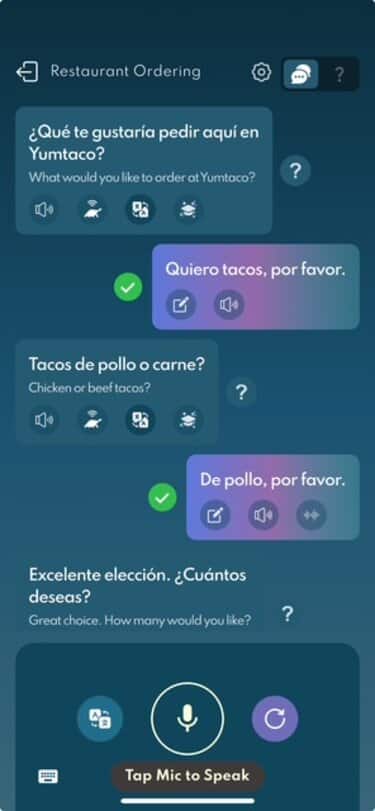
While the AI suggests responses to keep the chat flowing, you’re not locked into a script—you can respond however you want, making the experience feel natural and personalized.
We’re big fans of this tool because it goes beyond memorizing vocab—it helps you build confidence and fluency by practicing real conversations, not just isolated words or phrases.
Control Over Audio Speed
Let’s finish with one of our favorite features: Jumpspeak lets you control how fast native speakers talk during lessons. It might seem like a small detail, but trust us—it makes a huge difference.
You can adjust the playback speed in the settings, slowing the audio down to 50%. This simple option is a total game-changer. Slowing things down helps you catch every little nuance—like pronunciation, tone, and rhythm—so you can really lock in new vocabulary and improve your speaking skills.
What’s even better is that it takes the pressure off. Instead of feeling overwhelmed by fast native speakers, you can build your confidence at your own pace. It makes the whole learning process feel more relaxed, approachable, and way more rewarding as you get closer to having natural conversations.
Verdict: Mondly or Jumpspeak For Language Learning?
At the end of the day, both Mondly and Jumpspeak bring something unique to the table, but our team agrees that Mondly edges out as the more comprehensive language learning platform.
Jumpspeak’s AI tutor and video primers are definitely standout features, adding an interactive twist to language practice. However, its limited lesson variety and narrower scope make it feel more like a supplemental tool than a full-fledged program.
Mondly, on the other hand, covers all the bases—engaging practice exercises, reliable speech recognition, lesson recaps, and a fun learning experience. It’s like having an all-in-one toolkit for language learning. With its user-friendly interface and affordable pricing, Mondly is the clear choice for anyone serious about mastering a new language.
Mondly and Jumpspeak differ primarily in their teaching methods—Mondly uses a mix of interactive lessons, gamified exercises, and AR/VR technology to build vocabulary and grammar skills, while Jumpspeak focuses on AI-powered, conversation-based practice to help users improve their speaking abilities. Mondly offers a more traditional, well-rounded learning experience, whereas Jumpspeak is geared toward developing conversational confidence through simulated dialogues.
Whether Jumpspeak is better than Mondly depends on your learning style—Jumpspeak excels at improving conversational skills through AI-powered speaking practice, while Mondly offers a more comprehensive approach with interactive lessons, gamified drills, and grammar instruction. If your main goal is to become a confident speaker quickly, Jumpspeak might be the better choice, but Mondly provides a more well-rounded language learning experience.



